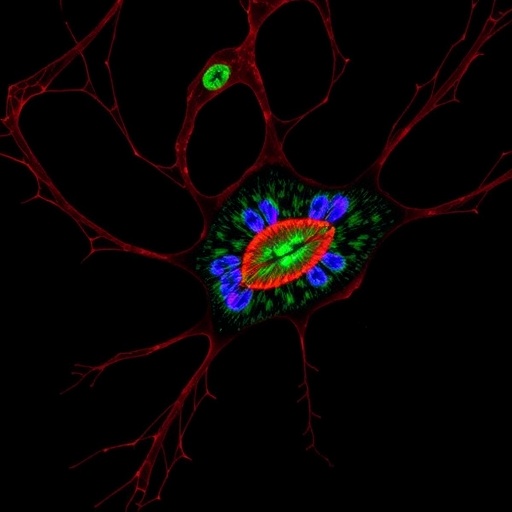
Credit: MD Anderson Cancer Center
The immunotherapy drug nivolumab in combination with standard chemotherapy more than doubled response rates and improved overall survival in patients with acute myeloid leukemia (AML), according to preliminary findings by researchers at The University of Texas MD Anderson Cancer Center.
The results from a Phase IB/II ongoing study which paired nivolumab with azacitidine (AZA) were presented Dec. 5 at the 58th Annual Meeting of the American Society for Hematology in San Diego. Patients in the study had previously demonstrated poor complete response and overall survival.
"The combination of AZA and nivolumab showed a response rate of 34 percent that compares favorably to a historic response rate of 12 to 15 percent with AZA alone," said Naval Daver, M.D., assistant professor of Leukemia. "The median overall survival also improved in comparison to historical medians with AZA alone, but longer follow-up is required to confirm the durability and overall survival benefit that could be obtained."
The study, which followed 51 patients with an average age of 69, also reported side effects in 25 to 30 percent of patients, with the most common being pneumonitis, colitis, skin rash and elevated liver enzymes, all of which were managed with early recognition and systemic steroids. Media overall survival for patients treated with AZA and nivolumab was 9.3 months compared with a historic median of 4.7 months for patients treated with AZA alone.
"We are working closely with colleagues in MD Anderson's immunotherapy platform to interrogate baseline and on treatment biomarkers of response and to identify additional targetable checkpoints in AML and myelodysplastic syndrome," said Daver. "We hope these immune checkpoint approaches will be an additional tool to improve outcomes in leukemia patients."
Daver worked with James Allison, Ph.D., chair of Immunology and Padmanee Sharma, M.D., Ph.D., professor of Genitourinary Medical Oncology for biomarkers for response. Allison heads the immunotherapy platform for the MD Anderson Cancer Moon Shots Program, an ambitious effort to reduce cancer deaths by more rapidly developing and implementing advances in prevention, early detection and treatment based on scientific discoveries. Announced in 2012, the program now comprises 13 moon shots focused on a variety of the most challenging cancers backed by 10 platforms that provide deep expertise, cutting-edge technology and infrastructure to support innovative approaches.
###
Study team members also included Guillermo Garcia-Manero, M.D., Jorge Cortes, M.D., Farhad Ravandi, M.D., Elias Jabbour, M.D., Stephany Hendrickson, Sherry Pierce, Marina Konopleva, M.D., Ph.D., Michael Andreeff, M.D., Ph.D., Steven Kornblau, Naveen Pemmaraju, M.D. and Hagop Kantarjian, M.D., all of Leukemia; Sreyashi Basu, Ph.D. and Jorge Blando, D.V.M., Immunology; Jing Ning, Ph.D., Biostatistics; and Carlos Bueso-Ramos, M.D., Ph.D. and Juliana Elisa Hidalgo Lopez, M.D., Hematopathology.
The study was funded by a Bristol-Myers-Squibb-MD Anderson Leukemia Department Alliance led by Hagop Kantarjian, M.D., chair of Leukemia.
Media Contact
Ron Gilmore
[email protected]
713-745-1898
@mdandersonnews
http://www.mdanderson.org
############
Story Source: Materials provided by Scienmag





